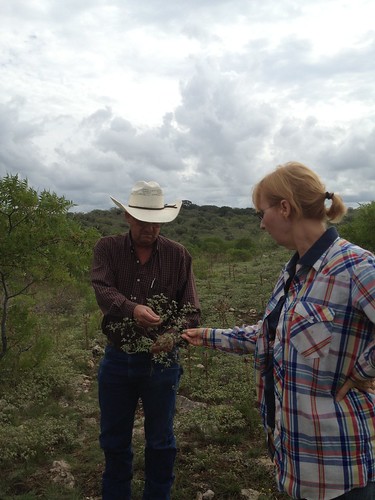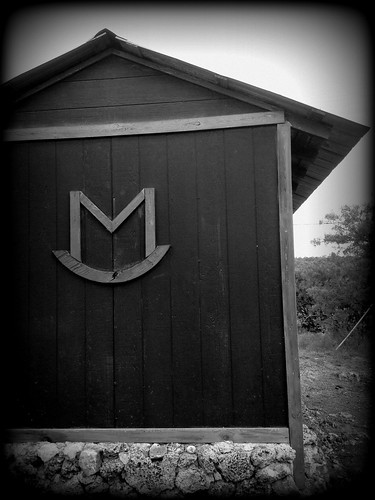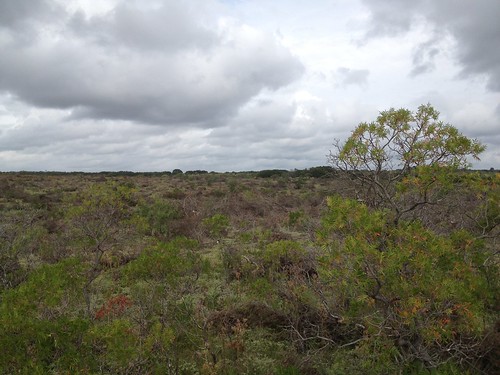
It was 1993 when Pat Maples and her husband made a ranch outside of San Saba, Tex. their home.
With advice from a neighbor, the Maples’ purchased Angus cattle and leased out land for hunting. But that was not enough to keep the ranch viable.
“In 2011 we had to sell most of the cattle due to the drought, and I knew I had to do something because the back part of the ranch was not grazable,” Maples said.
These 28 acres were covered in invasive brush that was too thick to penetrate. She had seen work completed on neighboring ranches and new that the land would benefit from some form of brush management, but Maples was unsure of her first land stewardship move and wanted to guarantee is was in the right direction.
Luckily, USDA’s Natural Resources Conservation Service (NRCS) was there to help. Together, the agency and Maples came up with a conservation plan to rid the unproductive land of invasive brush and transform it into rangeland.
Maples could not be happier with the results. The steep slope is covered in green grass and also provides some of the best quail hunting around.
Now, when the daylight hours do not lend themselves to hunting, the hunting lessee stacks the hand-cut brush at the back of the ranch, which is utilized as an area for wildlife habitat and grass germination.

Maples is part of the Buffalo Knob Wildlife Association, which helps ranches of 250 acres or less by providing suggestions on how to manage lands for maximum benefit to wildlife, under the guidance of the Texas Parks and Wildlife Department.
Maples has continued managing the ranch herself since her husband passed away in 2003, and says she will continue to work with NRCS and work through the goals established in her conservation plan.
“My conservation plan is a tool that lets me see where I need to go and how I can get there in reference to my place,” Maples said, “I have plans to install a trough and pipeline, and in the future, I will rely on the technical assistance of the NRCS to help me make those calls.”

With the luxuries of a bigger city being 45 miles away, there are days that Maples finds herself not leaving the ranch, and she is perfectly content with her rustic home setting.
“I will be fine right where I am at, this is home, and I will take care of it,” Maples smiles.
Follow NRCS on Twitter.
Check out other conservation-related stories on the USDA blog.
